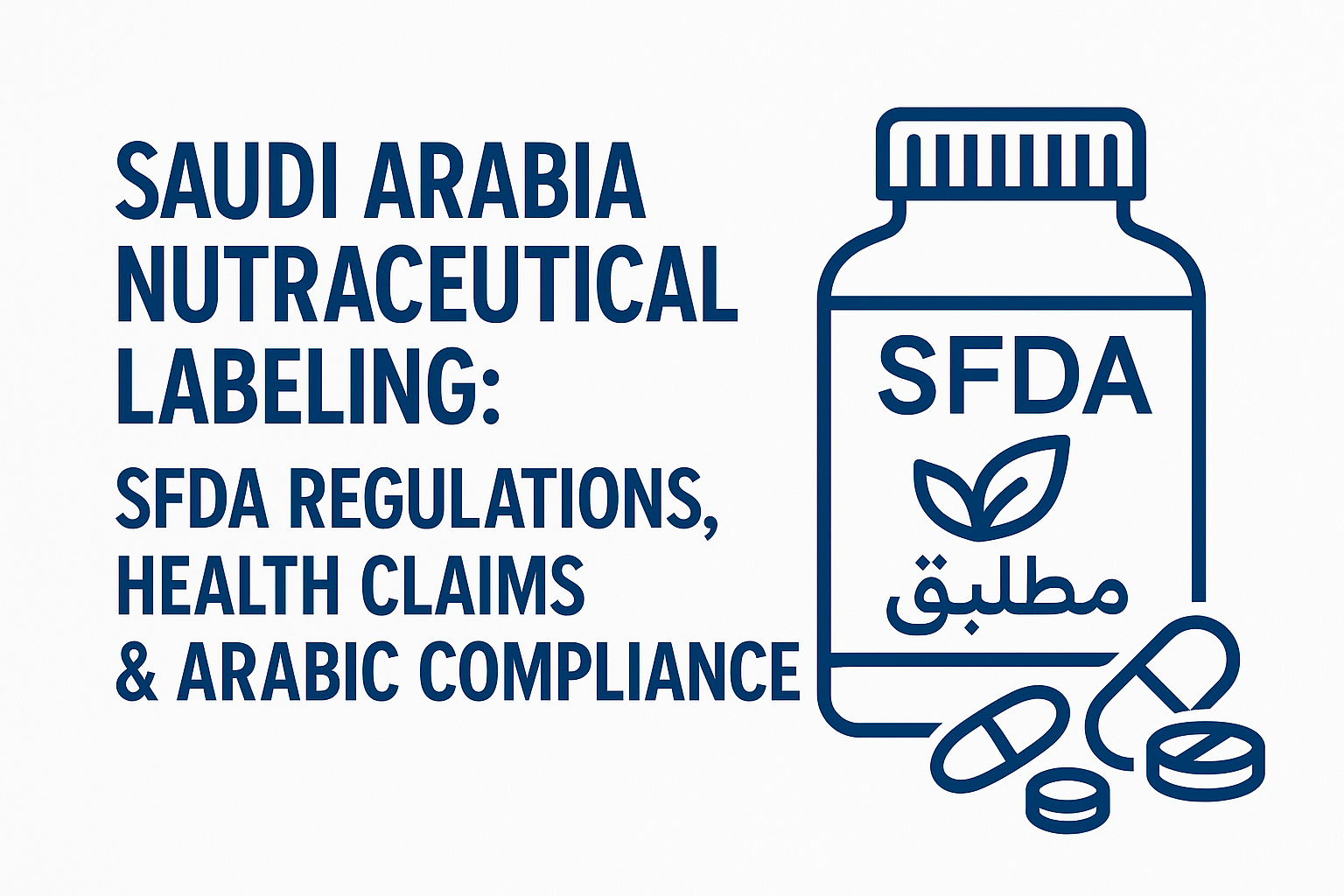
.png)
Why EU MDR Compliance Has Become a Business Imperative
EU MDR isn’t just a regulatory update - it’s a shift in how medical devices are monitored, evaluated, and approved. Manufacturers now face:
- Expanded definitions of what qualifies as a medical device (e.g., software, cosmetic-like devices)
- Heightened scrutiny from notified bodies
- Continuous expectations for clinical evaluation, not just pre-approval checks
What was once a document-driven, periodic compliance process is now a lifespan-focused obligation. Devices must demonstrate safety and performance throughout their entire lifecycle. Failing to meet these standards doesn’t just result in penalties - it puts entire product lines at risk.
Key Regulatory Shifts Under MDR 2017/745
The MDR 2017/745 framework has introduced a series of critical changes that every manufacturer must internalize:
- Stricter classification rules now apply, especially for reusable surgical instruments and digital health products.
- Increased involvement of notified bodies means more in-depth reviews and frequent audits, even for low-risk devices.
- Unique Device Identification (UDI) requirements mandate consistent labelling and traceability across all EU member states.
- Post-market surveillance (PMS) is no longer optional - it must be structured, documented, and integrated into QMS systems.
- The EUDAMED database adds transparency but also increases the burden of real-time data entry and validation.
Understanding these shifts is the first step; operationalizing them across regulatory, clinical, and supply chain functions is where the real challenge lies.
Building Submission-Ready Technical Documentation & PMS Systems
One of the most common points of failure for EU MDR submissions lies in the technical documentation. Under the updated regulation, manufacturers must present living, audit-ready files that reflect product evolution, performance, and safety data over time.
To ensure readiness:
- Align your documentation format with notified body expectations early in the development cycle
- Maintain consistent updates to the Clinical Evaluation Report (CER) and Post-Market Clinical Follow-up (PMCF)
- Embed your post-market surveillance EU MDR processes directly into your quality management system
Companies that succeed under MDR 2017/745 are those that treat documentation not as a filing task, but as a strategic, integrated workflow.









